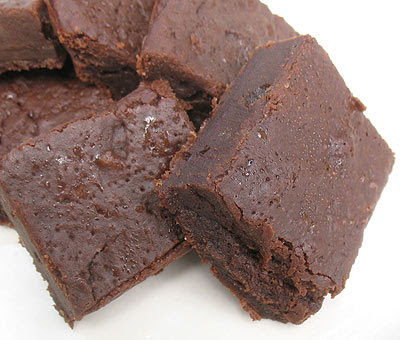Loading...
While pretty much everyone on the planet loves baking – whether they’re the baker, the scoffer or both – no-one loves the excess poundage and the potential for painful cavities that come with the amount of sugar in the average cake.
These are just two of the reasons why people are looking for sugar substitutes to sweeten their sponges, cookies and brownies. This is a brilliant move, but if you’re aiming to reduce your sugar, then you need to know what you’re going to use instead, as well as how to use it.
WHY WE BAKE WITH SUGAR
Sugar doesn’t just provide the sweet hit that we love when we tuck into a Victoria sponge; it also provides texture, “crumb” and the gorgeous golden-brown colour we love to see on the outside of a well-baked cake. Sugar also holds onto water, which helps cake stay fresh and moist for that little bit longer. If you decide to go partly or fully sugar-free, you’ll have to store your cakes in clingfilm so they stay fresher for longer than a few hours. Here are two of your best bets.

ALL ABOUT XYLITOL
Xylitol is in many ways an ideal substitute for sugar because it’s pretty much the same weight and consistency, so you can just substitute it weight-for-weight in any recipe.
While xylitol sounds like some futuristic, synthetic compound, it’s perfectly natural as it’s taken from the fibrous parts of various fruits and vegetables and some hardwood trees. It tastes just like sucrose, but has much fewer calories and a low glycaemic index, which means it doesn’t cause a spike (then a drop) in blood sugar levels. Some people say they can detect a slight aftertaste, but it’s worth it alone for the fact that it doesn’t cause dental decay!
One issue with xylitol is that you can’t use it with cakes which use yeast as a raising agent – the yeast can’t feed on this form of sugar, so the cake won’t rise. It also doesn’t “brown” as much as sucrose, so if you’re hoping for a lovely golden sponge, you might be disappointed. If you’re making a chocolate cake, however, then you won’t notice.
THINGS TO WATCH OUT FOR
Some people may find that xylitol can have a laxative effect, so it’s best to stick to one slice to start with (despite the low calorific value!).
One serious word of caution about xylitol is that it’s very toxic to dogs, so make especially sure that Fido doesn’t have access to your goodies.
ALL ABOUT STEVIA
Stevia is a dieter’s dream – it ranges from 30 to 100’s of times sweeter than sugar but has no calorific value. None whatsoever, that’s right!This compound comes from the Stevia rebaudiana plant, native to Brazil and Paraguay. This plant contains sweet compounds known as steviol glycosides and these substances can be added – in tiny amounts – to food to sweeten it without loading it with calories.
Like Xylitol, stevia doesn’t cause tooth decay and it’s also heat-stable, so it can be baked without changing in taste.
The downside is that if you’re using it in baking, you’ll need to adapt the recipe, as you can’t use it in a weight-for-weight swap. Many people reduce the sugar content of a baking recipe by a quarter and add a tiny amount of stevia to keep the sweetness levels up and the calories down.







